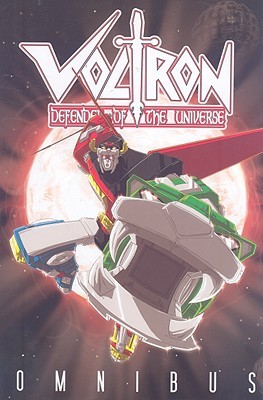

World Events Productions took notice of this and decided to make the stereo sound of the series a big selling point: almost every store selling stereo television sets in the mid 80's used Voltron as a highlight of what stereo sound could deliver versus mono. Around the time of the show's production, the Federal Communications Commission was in the process of approving stereo broadcasting, yet most programs and cartoons back then were still being broadcast in monaural sound. Voltron was one of the first television programs to be produced and broadcast in stereophonic sound. This "Gladiator" Voltron was based on Albegas, which was intended to be used for the third season that never materialized. A third Voltron, "Voltron II", was also available. In the United States toy market, Lion Voltron was sold under the name "Voltron III", while Vehicle Voltron was sold as "Voltron I". note For the knowledgeable: Zarkon ( Lion Voltron's main villain) is in this continuity a vassal of the Drule Empire (the bad guys of Vehicle Voltron), the two short kids are now brothers, and the Galaxy Garrison of Dairugger has scenes cut into Lion Voltron in which they would talk about the situation, but never do anything about them, as there was no fight footage available that featured the conversing characters. While changes to the anime were not as severe as those made to Robotech, alterations were made to fit GoLion and Dairugger together. Later, the theme song for 2011's Voltron Force was done by rapper and hip-hop producer Swizz Beats., but anime fans love it too.

Voltron is still considered the combining mecha anime in mainstream American pop culture note a series of early 2000s "Sprite" commercials pitted rappers against King Zarkon.

Voltron: Defender of the Universe is a Combining Mecha cartoon, created by World Events Productions in 1984 with recycled clips from the Toei anime series GoLion and Dairugger XV.


 0 kommentar(er)
0 kommentar(er)
